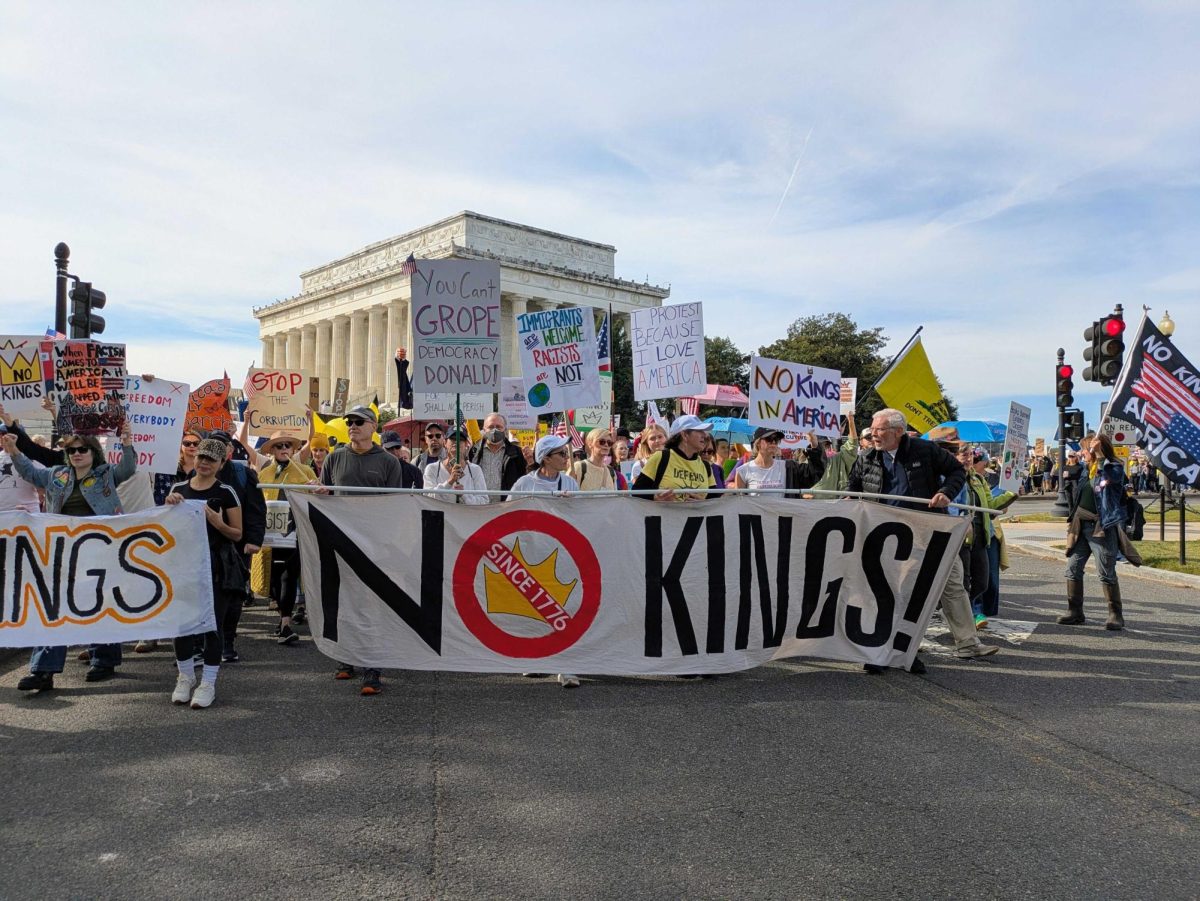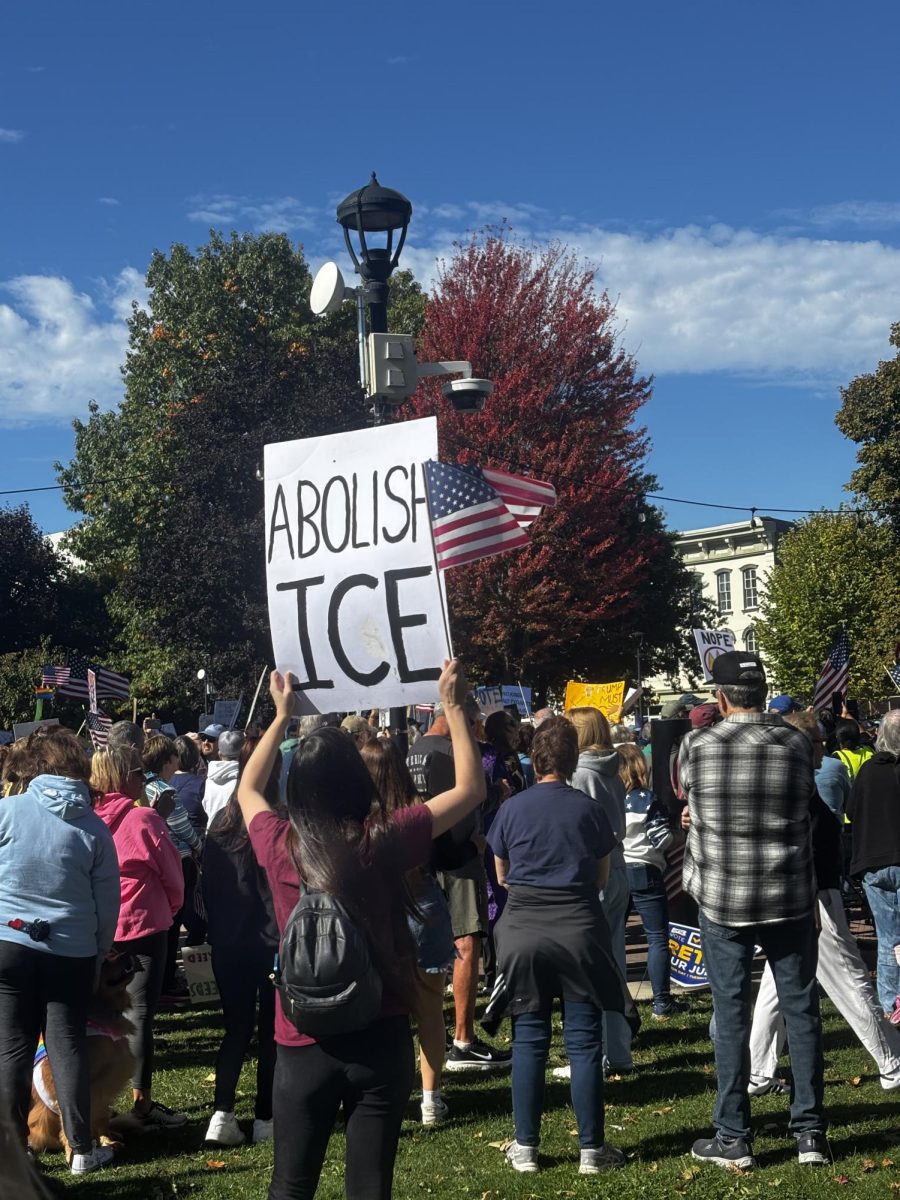The pandemic of poverty facing our city
March 30, 2021
Everyone has an issue that they feel very passionate about – gun control, abortion, mental health, etc. I think mine could be argued to be many things, but above all I am heavily invested in poverty. An oxymoron, right?
The history in Erie is so rich that it can be difficult to navigate, but I find many of the issues we face today stem from the flourishing tales of the past.
Once a bustling city, Erie was known for its many industries. When industrialization took place in the 1900s, Erie was situated in the perfect spot for manufacturing CEOs to establish companies that had access to canals and new railways. When World War II hit, the Hammermill Paper Co. and the General Electric plant (now Wabtec) became factories for war-era tools. The Hammermill Co. produced government documents, maps, protective wrappings and military items like propeller shafts and rocket launchers. Meanwhile, General Electric worked on locomotive parts and howitzers. Over 200 housing units were built around the General Electric plant with trailers just big enough to fit a man and his wife.
When the war was over, many of these people lost their jobs and consequently, their homes. The deindustrialization started and what came was arguably just as impactful on the city but not in a good way.
The biggest discrepancy in poverty rates exists in the race/ethnicity category. Here are some statistics to give you an idea of the situation Erie faces today.
– In 2015, Erie Times-News reporter Gerry Weiss reported that Erie had about 27% of residents living below the poverty line.
– Erie is home to the poorest zip code in Pennsylvania – 16501, the commercial district and West Twelfth Street between Liberty and Holland streets.
– Of Erie residents, 47% of the Black population lives at or below the poverty line.
In 2017, USA Today said, “No major metropolitan area has greater racial inequalities across major social and economic outcome measures than Erie, Pennsylvania.” It’s hard to argue with statistics so shockingly vile.
Not only does poverty encapsulate many of the racial injustices that the city faces, but it also affects the environmental justice and food security aspects.
A study conducted by the Jefferson Educational Society in 2019 concluded that higher food availability has the power to lower poverty rates in Erie County. Currently, Erie is considered a food desert, which means it is an area that has limited access to affordable and nutritious food. Public policy changes have been suggested to address the issue of food insecurity, but the onset of the pandemic caused businesses like the Oasis Market to shut their doors. Think of downtown Erie. For some residents, the only place they can walk to get food might be the corner stores on State Street. This lowers the life expectancy of any residents in that area and even makes them more susceptible to catching diseases like COVID-19.
Thankfully, we have the Erie Downtown Development Corporation (EDDC) to breathe life back into the city. But at what cost?
The EDDC is made up of business owners downtown who planned a $150 million expansion and revitalization plan for the city, but much of the plan takes away small but significant resources of the impoverished community. For example, the McDonald’s was a source of food for many low-income residents in the area before it was demolished to create a new commercial building.
I have talked with EDDC Co-Founder John Persinger personally, and I must say I think he is a brilliant person. His intentions are not ill-conceived. However, with a lot of revitalization, residents can no longer afford to live in such an affluent area. How can we address all these issues that stem from poverty while walking a line that shrinks so hastily every minute it exists?
“Solutions” like the United Way’s community schools, the Inner-City Neighborhood Art House and the Barber Center all exist, but I wouldn’t say they fully solve the issues at hand.
As Gannon students, I believe it is part of our responsibility to give back to the community. Whether it’s volunteering some time at Goodwill Garden, donating to Second Harvest Food Bank or just educating yourself on the issues impacting the Erie community, I encourage everyone to take a minute of their day to think about what they could do to make a lasting impact.
CHLOE FORBES





Frederick D Pope • Aug 28, 2022 at 7:02 pm
Excellent